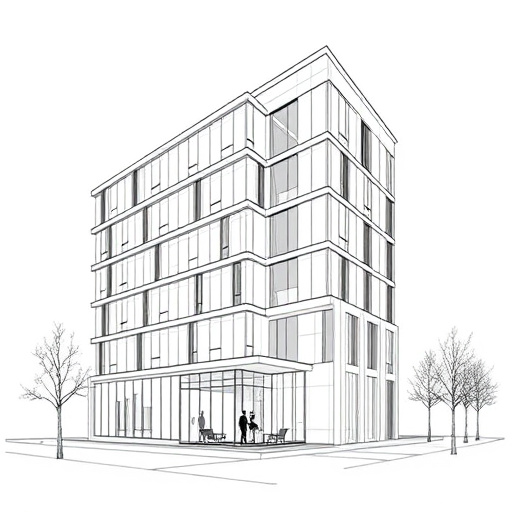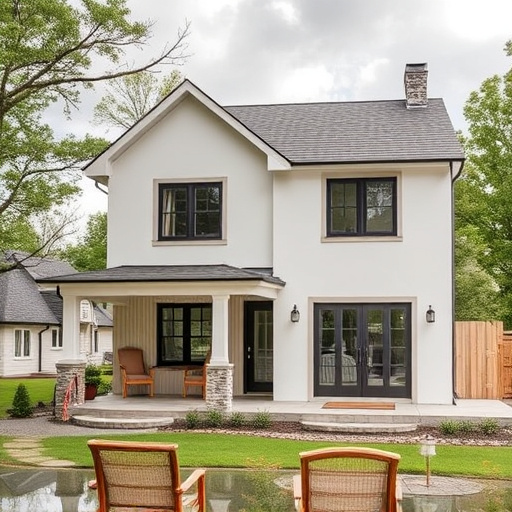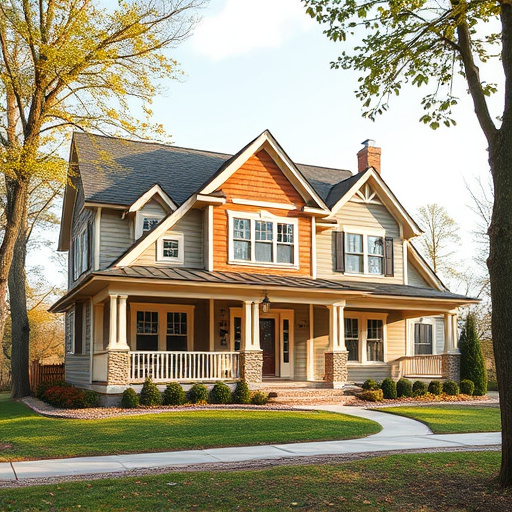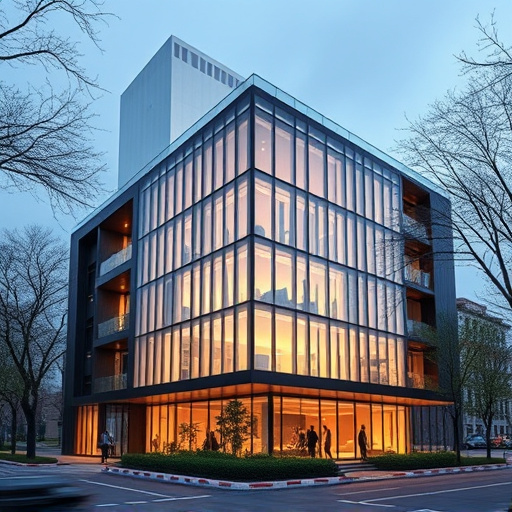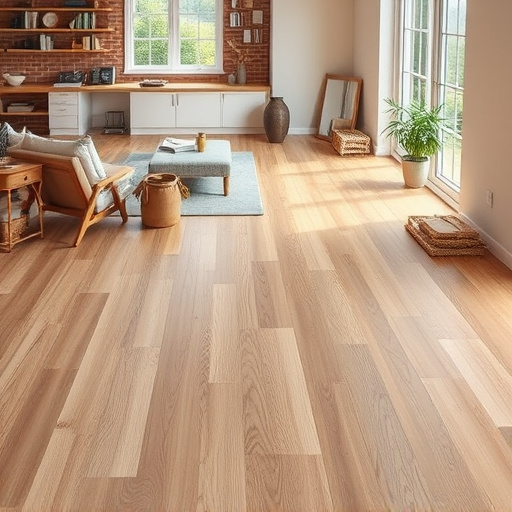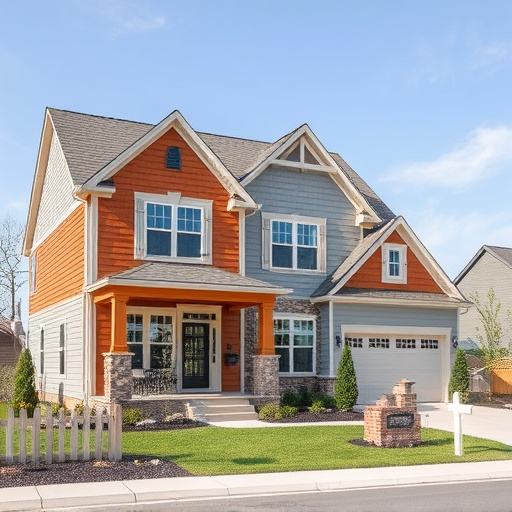Strategic interior designs can make homes more energy-efficient, aesthetically pleasing, and cost-effective. Maximizing natural light, proper insulation, smart ventilation, energy-efficient appliances, and strategic window placement reduce utility bills. Renovations incorporating renewable energy sources like solar panels further enhance sustainability and comfort.
Discover how your home’s design can significantly impact energy efficiency and comfort. In today’s world, smart house design isn’t just about aesthetics; it plays a pivotal role in reducing energy bills and creating a healthier living environment. This article explores the intricate link between architectural choices and energy conservation, offering valuable insights into key interior designs and practical tips to make your home more eco-friendly and comfortable year-round.
- Understanding the Link Between Design and Energy Efficiency
- Key Interior Designs for Enhanced Comfort and Reduced Energy Consumption
- Practical Tips: Implementing Energy-Saving Home Design Strategies
Understanding the Link Between Design and Energy Efficiency
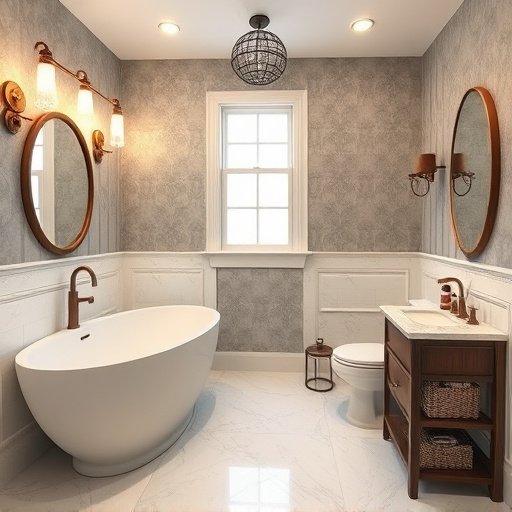
In the realm of housing, understanding the intricate link between interior designs and energy efficiency is a game-changer for both homeowners and builders alike. The way we design and construct our homes significantly impacts not just their visual appeal but also their environmental footprint and comfort levels. Efficient design strategies can transform bustling homes into havens of tranquility, minimising energy wastage without compromising aesthetics.
A well-designed home leverages natural light and ventilation, reducing the reliance on artificial lighting and cooling systems. Smart floor replacements or rearrangements, for instance, can direct sunlight into previously shadowed rooms, offering cost savings through daylight harvesting. Similarly, thoughtful home transformations involving whole house remodels can create cross-ventilation pathways, ensuring a fresh and comfortable indoor environment year-round, thereby decreasing the need for excessive heating or cooling.
Key Interior Designs for Enhanced Comfort and Reduced Energy Consumption
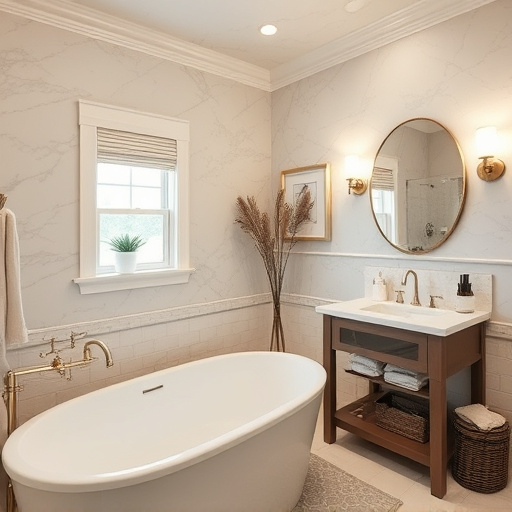
Creating a comfortable living space that’s also energy-efficient starts with thoughtful interior design choices. One key strategy is to maximize natural light through strategic window placement and larger windows, reducing the need for artificial lighting during the day. Incorporating insulation in walls, attics, and floors helps regulate indoor temperatures, cutting down on heating and cooling costs.
Smartly designed interiors also prioritize proper ventilation systems and the use of energy-efficient appliances. Consider layouts that encourage cross-breezing to naturally cool spaces in warmer months, while smart thermostats can help manage heating and cooling usage. When embarking on a whole house remodel or renovation services, focusing on these interior designs not only enhances comfort but also significantly reduces energy consumption, ultimately leading to substantial savings over time.
Practical Tips: Implementing Energy-Saving Home Design Strategies
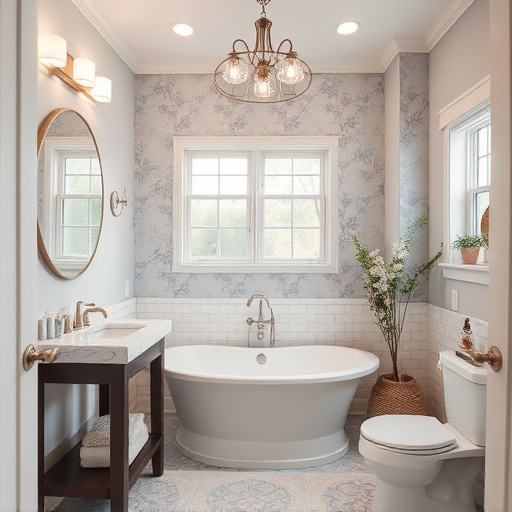
Implementing energy-saving strategies through interior designs is a practical way to enhance both comfort and reduce utility bills. Start with proper insulation in walls, attics, and floors to maintain optimal indoor temperatures. Energy-efficient windows and doors are also essential; they act as barriers against extreme outdoor conditions, keeping heat in during winter and out during summer. Smart thermostats can learn your habits, allowing for precise temperature control while saving energy.
Natural lighting is another key element in improving energy efficiency. Maximize sunlight exposure with larger windows or skylights, reducing the need for artificial lighting during the day. Consider a kitchen remodel to incorporate more natural light and upgrade appliances to Energy Star-rated models. For those looking to undertake residential renovations or customized home renovations, investing in renewable energy sources like solar panels can significantly lower energy costs while promoting sustainability.
House design plays a pivotal role in both energy efficiency and comfort. By understanding the connection between design choices and energy consumption, we can create homes that are not only environmentally friendly but also soothing retreats. Implementing strategic interior designs and practical tips outlined in this article will help reduce energy bills while enhancing overall living comfort. These simple yet effective strategies demonstrate that sustainable design is both a responsible choice and an investment in our future.



